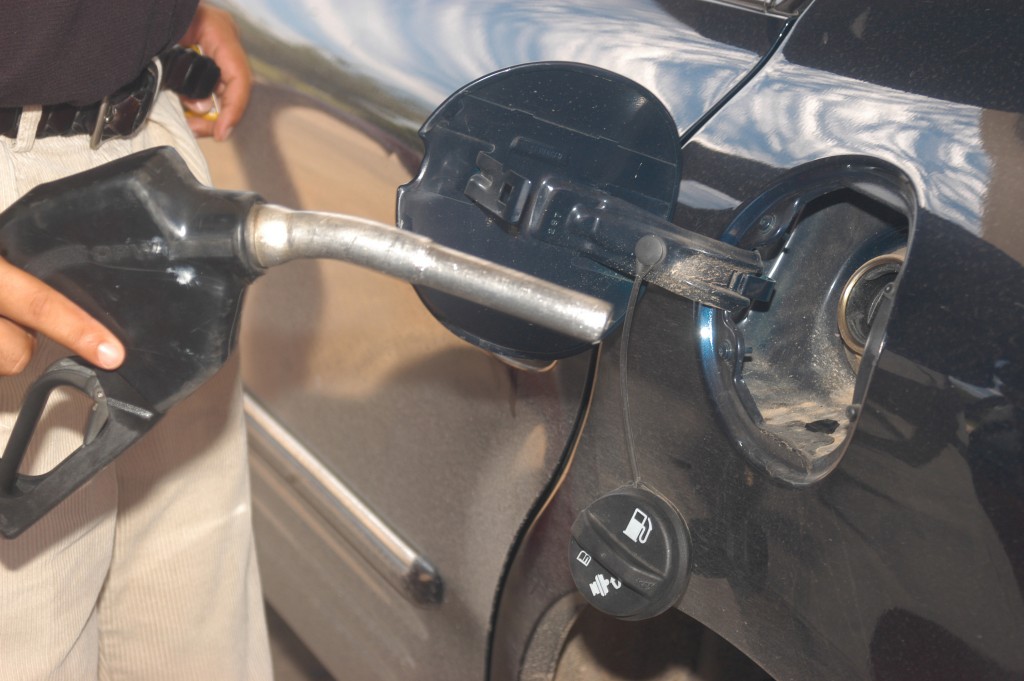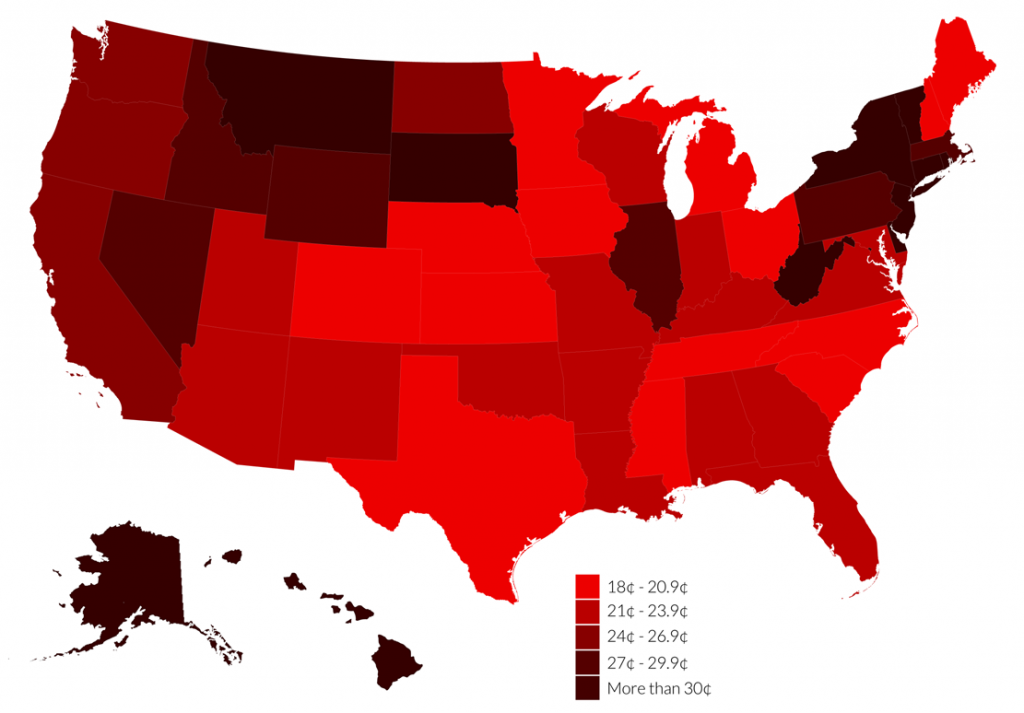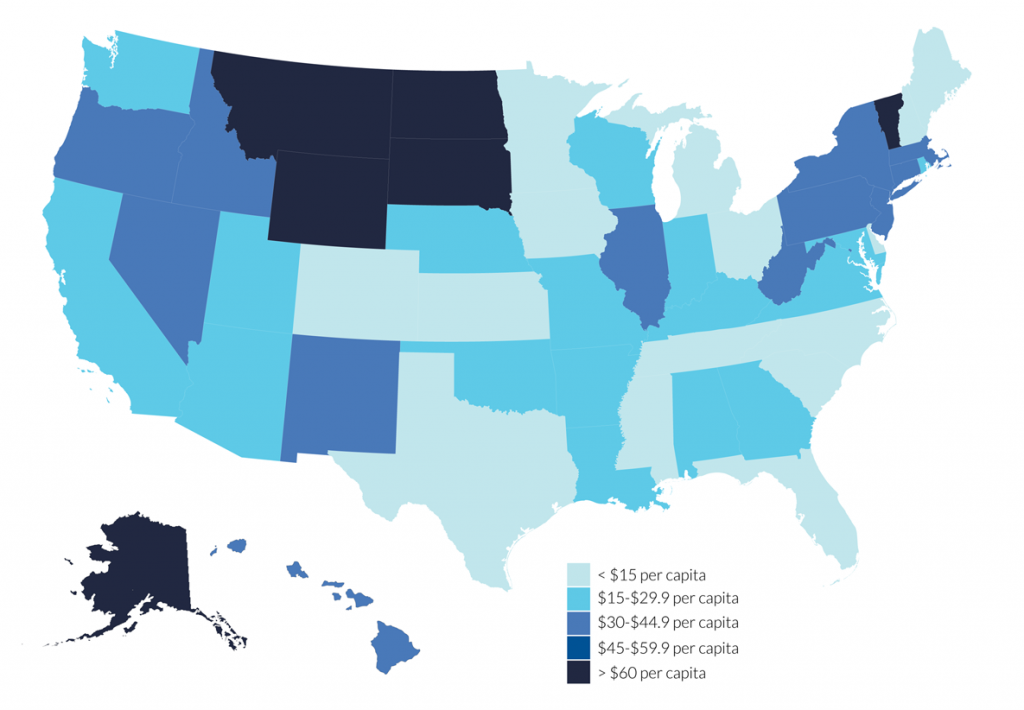
‘Speak up for transportation’: Analyses show the devastating impact of federal cuts

Congress has seen various proposals floated to scale back federal investment in transportation, from cutting out transit funding to ending the federal gasoline tax and shifting full responsibility to the states. We decided to take a look at what that latter move would mean for taxpayers, who would have to make up the difference in each state or accept multi-million dollar decreases in funding and deteriorating conditions on an annual basis.
The bottom line: All states would have to raise their per-gallon gas taxes more than the federal rate of 18.4 cents to replace the lost revenue — and many states would have to raise theirs by much more. Click through to see the full analysis with graphics and data for all 50 states
There’s a reason you don’t hear state politicians calling for the end of the federal transportation program and the gas tax. That’s because every single state receives more in federal transportation funds than they pay into the federal system — in part because Congress has been transferring billions from the general fund to make up for slackening gas tax receipts and the fact that the gas tax hasn’t been raised in more than two decades.
At least 16 states have moved to raise their own transportation revenues since 2012, leading some in Congress to claim that those moves show states would be fine with accepting the full burden.
But ending federal support would be a nightmare for governors and legislators, who would have to choose between slashing repair and investment or trying to push through massive tax increases to replace federal revenues.
(The Transportation Construction Coalition released a similar analysis a few weeks ago, but, unlike the analysis here, it did not include the 20 percent of the transportation program that supports public transportation. -Ed.)
According to our full analysis: (See columns 2-3 in the table)
- 19 states would have to raise their gas taxes by at least 25¢ per gallon, over 36 percent more than the current 18.4¢ federal rate.
- Vermont would have to raise the state gas tax by 50¢ per gallon to break even – and that’s on top of a recent increase lawmakers passed to add the equivalent of 6.5¢ to each gallon of gas.
- New York, which receives the highest amount of transit funding in the country, would have to raise the state gas tax by 40¢ to keep the same amount of transit money flowing into their highly-used systems.
Even if states only raised their gas taxes the equivalent of the 18.4¢ federal tax, our calculations also show that: (See column 4-5 in the table.)
- States collectively would lose out on $8.47 billion (according to data from fiscal 2014);
- Missouri, currently attempting to raise additional state funding to address an already large budget hole, would need to raise $144 million each year on top of their current needs;
- New Jersey, facing the imminent bankruptcy of its state transportation trust fund, would also have to find an additional $373.6 million;
- California would lose nearly $1 billion ($970.5 million, to be exact).
- In Wyoming, where lawmakers just passed a 10-cent gas tax increase expected to generate $72 million per year, they’d be almost back to square one, losing $57 million.
States also would fare poorly under proposals to eliminate federal contributions for public transportation, as two proposals in Congress would do, according to an analysis out today from the American Public Transportation Association. From their release:
The analysis shows that proposals to cut federal funding for public transit would result in an average 43 percent reduction in a community’s capital improvement funding. Overall, the loss of federal capital and operating funding would put at risk more than $227 billion in economic activity over six years. … Small and rural communities would be aversely affected because a greater percentage of their total funding is from the federal government.
No matter how you slice it, dramatically reducing federal dollars, whether for roads or transit, would have devastating impacts on state’s population centers – the places where commerce happens and revenues are generated. Going in the other direction however, by increasing investment available to states and local communities, would help keep roads and transit in good repair while we build for the future economy.
Read our full analysis, including graphics and sortable data for all 50 states.
Share this
This post and analysis is part of “Stand Up for Transportation” day today. Find out more and get involved here: http://standup4transportation.org/






